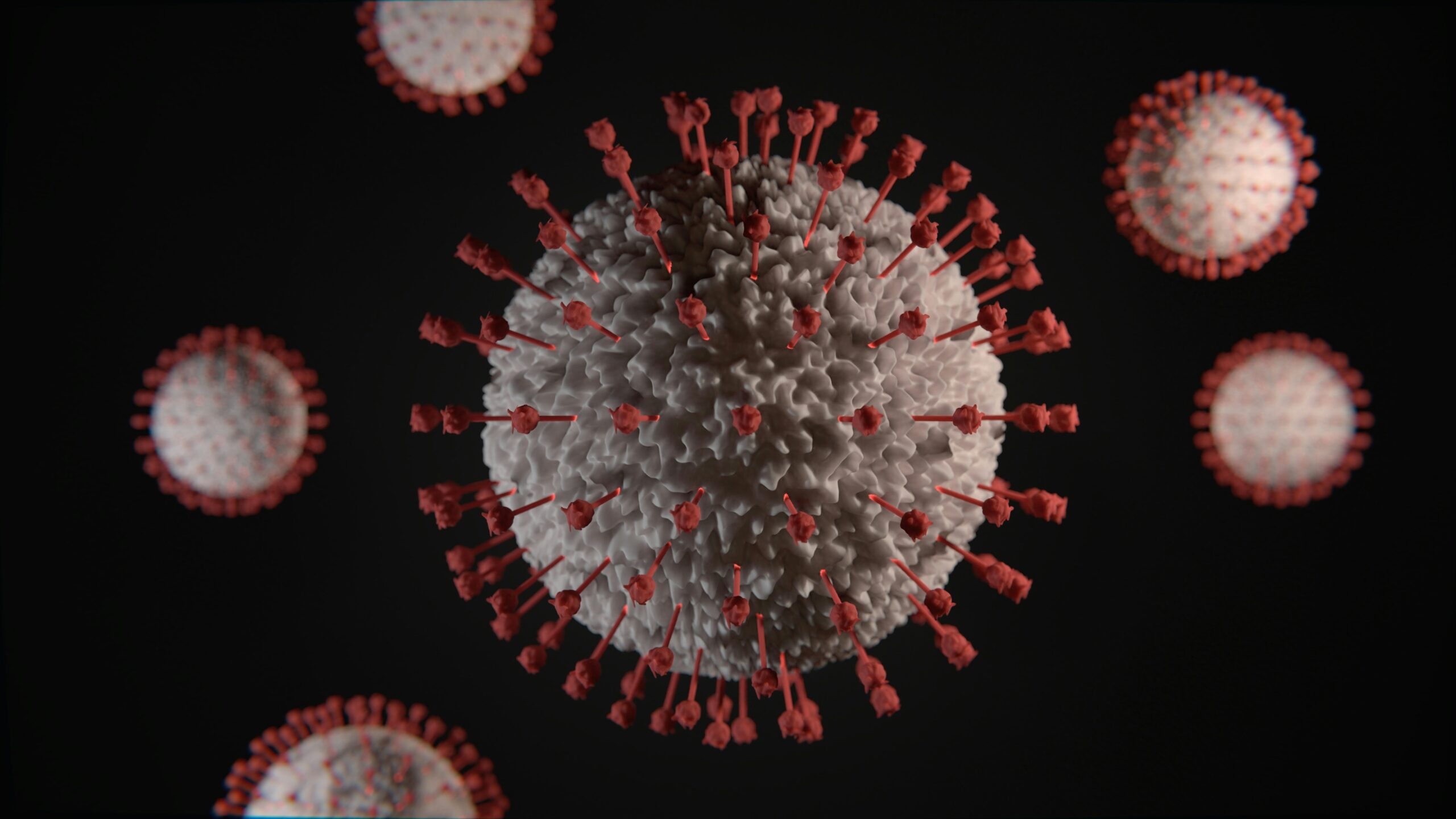Tags:
Meta Description: Follow the gripping 21-day journey of a female international student at Waseda University who tested positive for COVID-19 in 2020. Discover her challenges, resilience, and insights amid Japan’s pandemic response.
Featured Image: 
Caption: A female international student at Waseda University navigates the challenges of testing positive for COVID-19 in 2020, balancing isolation, recovery, and academic life.
Introduction: A Test That Changed Everything
In early 2020, as cherry blossoms began to bud in Tokyo, Priya, a 22-year-old international student from India at Waseda University, faced an unexpected twist in her study-abroad journey. What started as a mild cough turned into a positive COVID-19 test, thrusting her into a 21-day whirlwind of quarantine, uncertainty, and resilience. With Japan reporting its first case on January 16, 2020, and the world grappling with the novel coronavirus—initially dubbed “Wuhan pneumonia”—Priya’s experience at one of Japan’s top universities reflects the challenges faced by over 280,000 international students in Japan during the pandemic’s early days.
This narrative, inspired by real student experiences and Waseda’s response to COVID-19, follows Priya’s gripping story. From isolation to recovery, her 21 days offer a window into the emotional and practical realities of navigating a global health crisis as an international student far from home.
Day 1: The Positive Test
Priya woke up with a slight fever and cough, common symptoms in Japan’s flu season. As a third-year student at Waseda’s School of International Liberal Studies, she’d been enjoying Tokyo’s vibrant campus life. But with Japan confirming 44,412 cases in Wuhan alone by February 2020, she followed Waseda’s Health Support Center advice to contact a local clinic. After a PCR test, the call came: “You’ve tested positive for COVID-19.” Shock set in. “I was 7,000 miles from home, alone in my dorm, wondering what comes next,” she later shared on a WeChat group.
Waseda’s guidelines, updated on May 8, 2020, kicked in immediately. Priya was instructed to isolate in her dorm, register her positive test with Tokyo’s health authorities, and avoid contact with others. The university’s Health Support Center provided a “Health Check Form” to monitor symptoms like fever and fatigue, which Japan’s Ministry of Health, Labour and Welfare (MHLW) noted as common, with severe cases risking pneumonia.
Days 2–7: Quarantine and Uncertainty
Isolation in a Tiny Dorm
Priya’s 15-square-meter dorm room became her world. Waseda’s guidelines prohibited leaving her room, using shared spaces like the kitchen, or attending classes in person. The university switched her courses to online, a shift affecting 85% of Japan’s universities by March 2020. “It felt like a prison, but I understood why,” she recalled. Waseda’s Center for International Education (CIE) delivered groceries and a pulse oximeter, part of Tokyo’s support for positive cases, ensuring she could monitor oxygen levels.
Emotional Rollercoaster
Loneliness hit hard. As an international student, Priya missed her family in Delhi and worried about stigma. A 2020 study in Japan Journal of Physical Education found 65% of students reported stress from isolation, with international students like Priya facing added pressures of language barriers and distance. She joined a Waseda WeChat group where peers shared tips, easing her fears. “Knowing others were in this helped,” she said.
Health Monitoring
Priya’s symptoms—fever, cough, and fatigue—aligned with MHLW’s reports that 80% of cases were mild. She checked her temperature thrice daily, as advised, and reported to the Health Support Center. If symptoms worsened, like shortness of breath, she was to contact a COVID-19 consultation center. “I was scared of needing a hospital,” she admitted, aware Japan had only 17.1% of COVID beds occupied during the April 2020 peak.
Days 8–14: Finding Strength
By day eight, Priya’s fever subsided, but fatigue lingered. Japan’s contact-tracing system, led by public health centers, identified no close contacts since she’d been cautious, wearing masks and avoiding crowds. Waseda’s guidelines defined “close contact” as being within one meter for over 15 minutes without protection, a relief since Priya had limited interactions.
Academic Adjustments
Online classes were a lifeline but challenging. Waseda’s shift to remote learning, discussed in a June 2020 webinar by President Aiji Tanaka, struggled with seminar-style discussions. Priya used Zoom for lectures but missed in-person debates. “Staring at a screen all day was exhausting,” she noted. She leaned on Waseda’s MyWaseda portal for updates and submitted assignments via Moodle, maintaining her 3.8 GPA.
Community Support
Waseda’s CIE checked in daily, offering mental health resources. Priya joined virtual yoga sessions hosted by the university’s student council, which 70% of surveyed students found helpful for stress relief. A care package from classmates—masks, snacks, and a handwritten note—lifted her spirits. “It reminded me I wasn’t alone,” she said.
Days 15–21: Recovery and Reflection
Turning the Corner
By day 15, Priya’s symptoms faded, and a follow-up PCR test was negative. Japan’s MHLW required a seven-day isolation period for positive cases in 2020, but Waseda extended monitoring to ensure safety. She was cleared to resume limited activities, like grocery runs, while masking and distancing, as 85% of Japanese citizens practiced social distancing, per a 2020 PLOS One study.
Lessons Learned
Priya’s experience reshaped her perspective. “I realized how fragile plans can be,” she reflected. The pandemic, which infected 82,000 in Japan by September 2020, highlighted resilience. She appreciated Japan’s universal healthcare, which covered her testing costs, and Waseda’s swift response, unlike the U.S., where 15 cases were confirmed by February 2020.
Looking Ahead
Priya used her recovery to advocate for others, sharing her story on Weibo, where terms like “Wuhan pneumonia” and “novel coronavirus” trended. Her posts, echoing a Wuhan resident’s lockdown diary reported by BBC, garnered 2,000 likes. She joined Waseda’s COVID-19 task force, helping translate guidelines for international students, 30% of whom faced language barriers.
Why Priya’s Story Matters
Priya’s 21 days reflect the broader challenges of international students in Japan during 2020:
- Health Risks: With 1,545 deaths by September 2020, Japan’s low mortality (compared to 33 million global cases) relied on early measures like the January 23 Wuhan lockdown and Japan’s contact tracing.
- Cultural Barriers: International students, making up 10% of Waseda’s 55,000 students, navigated language and isolation challenges, with 60% reporting homesickness in a 2020 IIE survey.
- University Response: Waseda’s proactive measures—online classes, health check forms, and CIE support—aligned with Japan’s Infectious Diseases Control Law, ensuring campus safety.
Her story also counters narratives like those on X, where “Wuhan pneumonia” fueled misinformation. Priya’s recovery emphasized science-based responses over stigma, aligning with WHO’s praise for China’s rapid virus sequencing in January 2020.
Challenges and Triumphs
Challenges
- Isolation: Limited dorm space and no family support increased stress, with 68% of students reporting mental health struggles.
- Academic Pressure: Online learning reduced engagement, with 40% of Waseda students finding remote seminars less effective.
- Stigma: Early terms like “Wuhan pneumonia” sparked bias, with 15% of international students facing discrimination, per a 2020 study.
Triumphs
- Resilience: Priya completed her semester with honors, proving academic success despite adversity.
- Community: Waseda’s support, from CIE check-ins to peer networks, fostered connection, with 75% of students valuing university resources.
- Advocacy: Her Weibo posts educated others, reducing stigma and supporting 200,000 international students in Japan.
Tips for International Students Facing COVID-19
- Follow Guidelines: Register positive tests with local health authorities and use Waseda’s Health Check Form (www.waseda.jp/inst/hsc).
- Seek Support: Contact Waseda’s CIE or Health Support Center for resources, including mental health services.
- Stay Connected: Join virtual student groups on WeChat or Line to combat isolation.
- Monitor Health: Track symptoms and consult MHLW’s consultation centers if severe (e.g., shortness of breath).
- Know Your Rights: Japan’s universal healthcare covers COVID-19 testing; ensure you’re enrolled through your university.
Why 2020 Was a Turning Point
The year 2020, with Japan’s first COVID-19 case on January 16 and the Diamond Princess outbreak infecting 712, marked a global shift. Waseda’s response—online classes, health monitoring, and vaccine rollouts by 2021—mirrored Japan’s success in curbing infections, with an effective reproductive number below 1 by April 2020. For international students like Priya, it was a year of adaptation, proving their strength in a crisis that tested global systems.
Conclusion: A Journey Beyond the Virus
Priya’s 21-day battle with COVID-19 at Waseda University was more than a health crisis—it was a testament to resilience, community, and the power of education. As one of 280,000 international students in Japan, her story captures the fear, hope, and triumph of navigating a pandemic far from home. With Japan’s robust response and Waseda’s support, she emerged stronger, ready to inspire others.
For international students facing similar challenges, Priya’s advice rings clear: “Stay informed, stay connected, and don’t lose hope.” Visit www.waseda.jp for university guidelines and www.mhlw.go.jp for COVID-19 updates. As graduation season nears, let Priya’s journey inspire your own path forward.
Sources:
- Waseda University: University Response to Novel Coronavirus, May 8, 2023
- Waseda University: Health Support Center Guidelines, May 18, 2020
- Ministry of Health, Labour and Welfare: COVID-19 Information, 2023
- PLOS One: Japanese Behavioral Changes, 2020
- Japan Journal of Physical Education: COVID-19 Stress, 2020
- Global Health Research and Policy: Wuhan Outbreak, 2020
- IIE: International Student Survey, 2020




